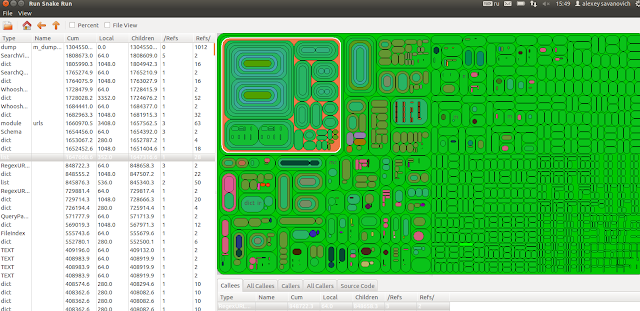import os
from socket import gethostname
from OpenSSL import crypto
def generate_self_signed_cert(cert_dir, is_valid=True):
"""Generate a SSL certificate.
If the cert_path and the key_path are present they will be overwritten.
"""
if not os.path.exists(cert_dir):
os.makedirs(cert_dir)
cert_path = os.path.join(cert_dir, 'squid.crt')
key_path = os.path.join(cert_dir, 'squid.key')
if os.path.exists(cert_path):
os.unlink(cert_path)
if os.path.exists(key_path):
os.unlink(key_path)
# create a key pair
key = crypto.PKey()
key.generate_key(crypto.TYPE_RSA, 1024)
# create a self-signed cert
cert = crypto.X509()
cert.get_subject().C = 'UK'
cert.get_subject().ST = 'London'
cert.get_subject().L = 'London'
cert.get_subject().O = 'Canonical'
cert.get_subject().OU = 'Ubuntu One'
cert.get_subject().CN = gethostname() if is_valid else gethostname()[::-1]
cert.set_serial_number(1000)
cert.gmtime_adj_notBefore(0)
cert.gmtime_adj_notAfter(10 * 365 * 24 * 60 * 60)
cert.set_issuer(cert.get_subject())
cert.set_pubkey(key)
cert.sign(key, 'sha1')
with open(cert_path, 'wt') as fd:
fd.write(crypto.dump_certificate(crypto.FILETYPE_PEM, cert))
with open(key_path, 'wt') as fd:
fd.write(crypto.dump_privatekey(crypto.FILETYPE_PEM, key))
return cert_path, key_pathFrom: http://www.themacaque.com/?p=1057


















